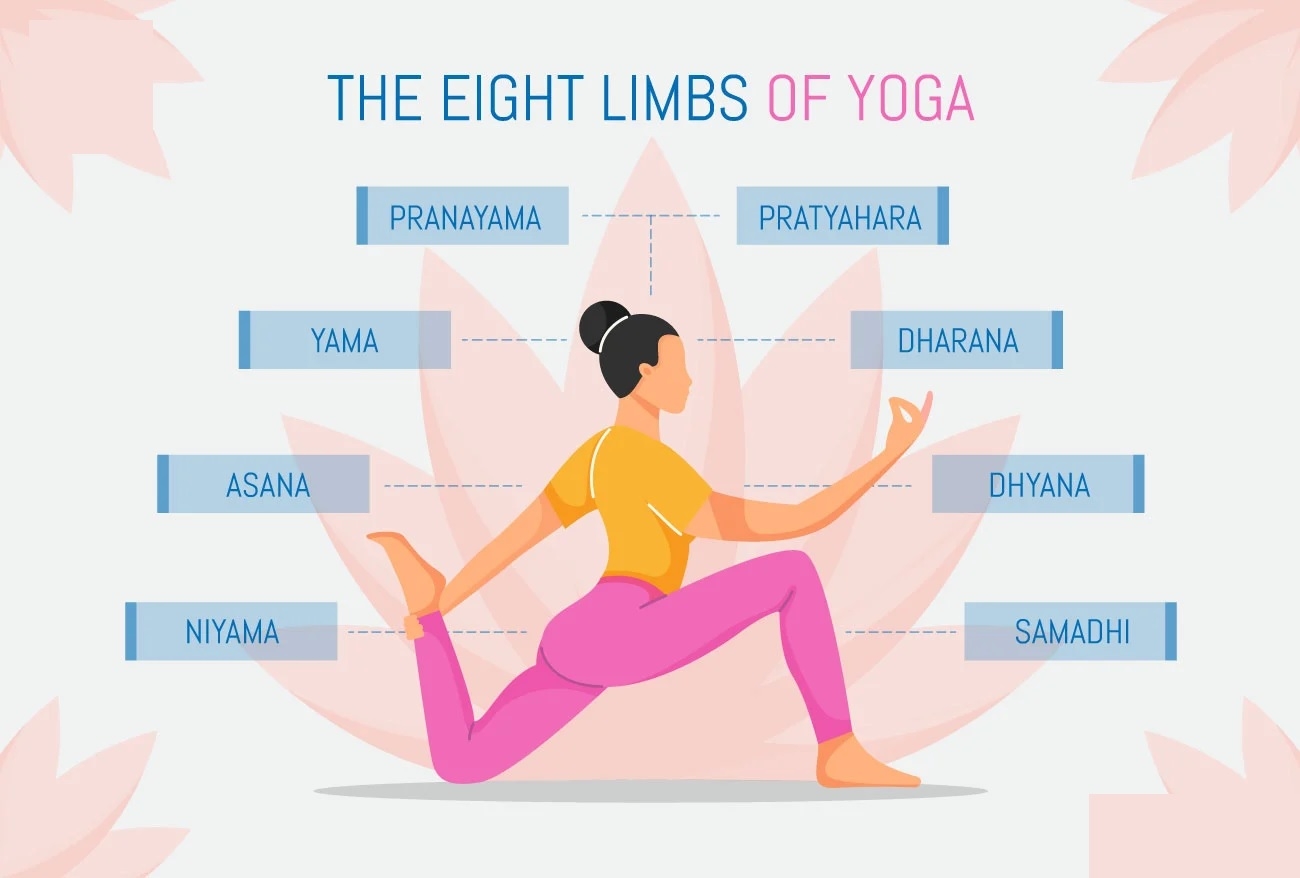Patanjal Yoga Sutras - I
| Date :08-Sep-2024 |

By DR BHUSHAN KUMAR UPADHYAYA :
I
received requests from
many friends and acquaintances to write on the Yoga
Sutras of Patanjali. In the first
part, I will introduce the first
chapter of Patanjal Yoga Sutra.
Divided into four chapters, the
first chapter named Samadhi
Pada or the part dealing with
the highest state of consciousness, contains fifty one Sutras
or aphorisms. Patanjali has
introduced Yoga as
Anushasanam meaning a disciplined code of conduct -Sutra
(1:1) He is defining Yoga as
Chittavrittinirodha or the control of the modifications of the
mind-Sutra(1:2). The purpose
of Yoga is to establish consciousness into its pure and
pristine form-Sutra( 1:3).
Mental modifications are five
in number. Some of the mental
modifications cause pain and
suffering, while others are non
afflictive-Sutra(1:5).
Yoga is supposed to end these
afflictions of the mind.
Constant practice and a sense
of detachment are required to
calm the waves of the mindSutra (1: 12).Patanjali has prescribed many body and mind
based exercises to achieve the
blissful and pure state of consciousness. The first prominent
practice is chanting the word
AUM-Sutra ( 1:28). AUM is a
sound which produces maximum vibrations during the
chanting.
The letter A is uttered by the
throat.
The letter U is pronounced by lips and M by the
nose. Thus right from the
throat to the nose all articulatory organs are activated.
These sound waves are highly
soothing to the mind and they
produce nitric oxide in the
nasal passage. Release of nitric
oxide relaxes our nervous system. The second important
practice which Patanjali has
prescribed is strong exhalation
and retention of the breath -
Sutra (1:34). Research has
found that long exhalation
activates our parasympathetic
nervous system and vagus
nerve which are responsible for
relaxing our body
and mind. Among
the methods prescribed by Patanjali
to calm down the
wavering mind,
meditation occupies a very prominent role- Sutra
(1:39).
Patanjali has
chronicled many
methods of positive
behavioural application to
achieve a blissful state of the
mind. Cultivation of friendship, compassion, joy and
indifference respectively
towards subjects of happiness,
misery, virtue and evil is one of
the methods to make the mind
full of bliss-(1:33). Modern
Positive Psychology is grounded on the same principles. In
the Sutras from thirty fifth to
thirty eighth, Patanjali has
enlisted numerous methods of
auto suggestions.
By creating a tendency or an
imaginary state, one can
steady the mind. In this type of
auto suggestion, one imagines
a mental state and focuses the
attention. As a
result of unwavering contemplation,
a blissful state of
the mind is
achieved. The next
technique prescribed by Patanjali
is to stabilise attention on the light
which appears
while eyes are
closed. He has suggested focusing attention on
the life of a virtuous and saintly person. One of the methods
which Patanjali has outlined to
steady the mind is the dream
experience.
Modern psychology has
attached great importance to
dreams. Right from Freud to
other prominent psychologists,
the study of dreams occupies a
very important place. Thus, we
find that modern psychology
and psychotherapy are using
similar methods to create positivity in our behaviour and
thinking.

(The writer is Former DG
Police & CG, Homeguards,
Maharashtra) ■